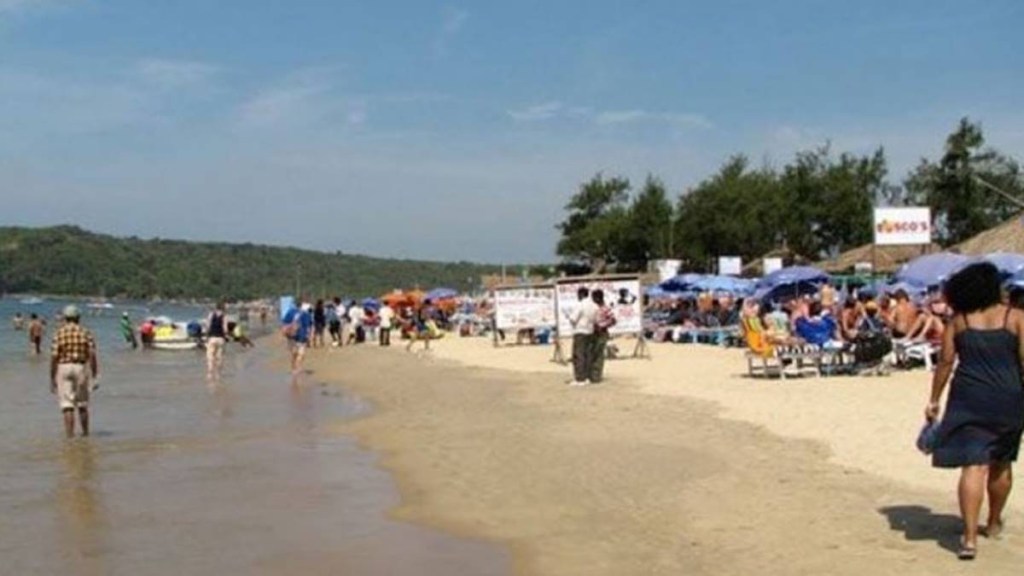Rohan Khaunte, minister for tourism and IT, bets big on the revamped regenerative tourism for attracting more domestic and foreign tourists to the urbanised, coastal state. The policy change will help increase the share of tourism to the state’s gross domestic product (GDP) to rise by three times over the next few years, he tells Priyansh Verma
Q.To what extent will the newly launched regenerative tourism model improve tourist footfalls in the state?
A. Regenerative tourism is a concept that has been adopted by Goa in the past, in terms of festivities, infrastructure, and policies, but it has never been finetuned and stitched together. Once we talk about ‘Goa beyond beaches’, a tourist who comes to the state gets to explore the state in a much better and deeper way. We aim to align tourism with spirituality and cultural nationalism.
The tourists coming to Goa should feel that they are going through Tourism 2.0, where rural areas of the state are also accessible to them for exploration.
We expect that post the launch of this model, the contribution of tourism to Goa’s GDP, presently around 16%, will increase by about 4-5% over the coming years. But right now, our focus is primarily on building quality, the numbers will improve with time.
Q. Why the special focus on rural tourism?
A. When we talk about home-stay tourism policies, they are linked to the rural belt. Tourism has to be inclusive, in the sense that it should empower the local communities, specifically women. That can happen, through the concept that we are now promoting.
Moreover, at times, we see Goa becomes a costly destination because of several factors that are not directly related to the state…airfares, hotel rates, and other logistics all get expensive suddenly. We don’t want that to happen.
We are in talks with the Centre to ensure that Goa becomes a destination where tourists are willing to explore all areas, and not just beaches.
Q. Are there any concerns of Goa losing tourists to Lakshadweep, post prime minister Narandra Modi’s recent visit to archipelago?
A. Prime Minister Narendra Modi’s attempt to push Lakshadweep tourism is a welcome step. Lakshadweep and Goa are both part of India. We are not separate, and we want tourism to grow in the country as a whole. After the PM’s pitch, the tourism in Lakshadweep will increase…and those who visit the union territory will also visit Goa.
Q. With the announcement of new co-working spaces, can we see Goa becoming a new technology hub in India?
A. We don’t want to be a technology hub – in the sense, we don’t want to be like Bangalore, Hyderabad, Pune etc. We want to be a ‘creative hub’. We need to first ensure that brain drain in the state stops. And at the same time we need to create opportunities for investors to invest in the state, and subsequently create employment for Goa’s people.
Work for Home (WFH) is an area unexplored by many states in the country. During Covid, we saw that for many individuals WFH became Work from Goa. This has now caught the attention of many tech professionals – who are also called ‘digital nomads’ (freelancers). As of now, we have around 10,000-12,000 digital nomads in the state. We expect this number to increase going forward, of both domestic and international nomads.
Q. To boost tourism, are you speaking to airline companies to increase their fleets in the state?
A. After talking to Indigo, we have already connected many Tier-2 cities of India such as Nasik, Amritsar, Guwahati, Varanasi, Ranchi, and others to Goa. Post the start of operations in the new airport in Mopa – airlines fleet has already increased.
Globally, a direct flight has recently been started (in June) between Goa and Abu Dhabi. We are now looking at more carriers who are having an ‘open sky policy’ with Goa to increase their presence. We’re talking to several South Asian countries to connect a direct flight between Goa and their cities. We’re talking to Malaysian airlines to increase their fleets in the state. We would like to connect to South Korea and Japan via Malaysian airlines.
